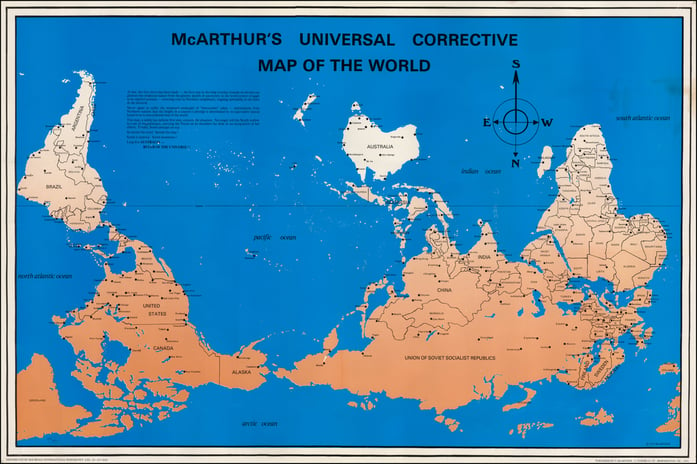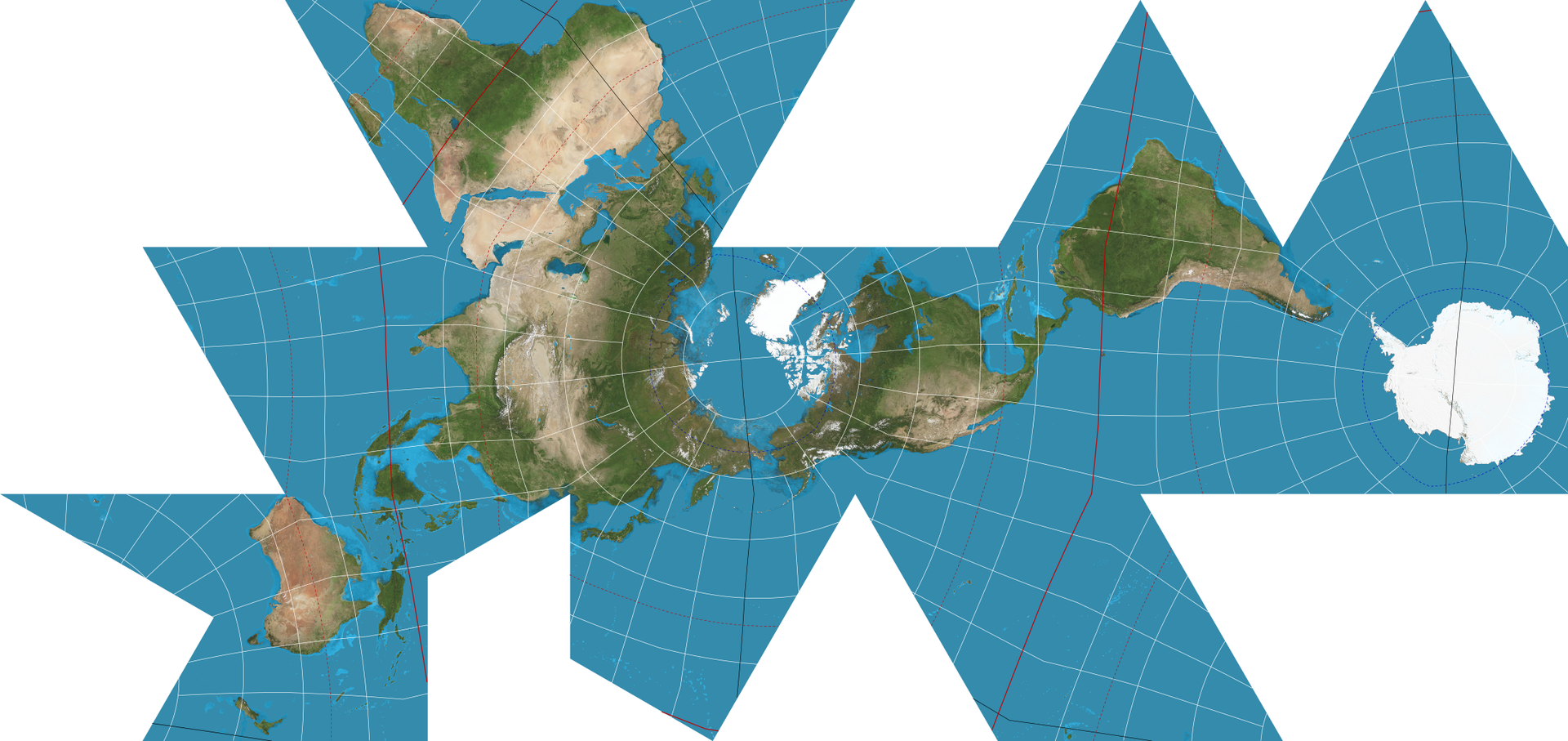A few years ago, I could have written a short post to answer a question like, “What is space management software?” But, the COVID-19 pandemic has turned the world upside down.
So, preparing to re-open or keep open in-person learning at your college or university requires you to keep your ear to the ground and your eyes on the horizon at the same time. That’s a difficult thing to do – almost as difficult as keeping up with the latest updates from the CDC on their Considerations for Institutions of Higher Education as well as aligning your plans with recent developments on your campus and in your community.
So, let me provide you with a short answer to the question that you and other space management professionals are asking. Then, I’ll explain why space management is now more important than ever. Next, I’ll tell you a story that illustrates why world-class software solutions can give you an entirely new perspective on the challenges you often face. And finally, I’ll share my thoughts on who offers the best space management software in 2021 and beyond.
What is space management software?
Space management software is a powerful tool for space managers. It illuminates how your college or university uses its physical spaces. It is a necessity for large higher education institutions with a portfolio of real estate, buildings, and facilities. A space management system helps managers visualize occupancy, make informed decisions, manage growth, and plan for future space needs.
In addition, space management together with real estate and property management, operations and maintenance, capital planning and project management, and energy management are the five key pillars of capability that comprise an Integrated Workplace Management System (IWMS).
So, space management software can be an effective tool or a part of unified, comprehensive solution.
Why is space management important?
Space management has always been important. It helps you overcome a variety of challenges, including:
- Lack of visibility across the entire inventory of space and its occupancy impedes decision making.
- CAD specialists burdened with requests to print or provide drawings for non-CAD users.
- Reliance on data from multiple, disparate systems to manually calculate indirect cost recovery.
- Absence of graphical space data causes delays in maintenance and projects.
That’s a daunting list. But, in the post-pandemic era, space management has become more important than ever. And your strategic objective is now boosting the number of brilliant insights per fortnight.
As your campus gets ready for the “new normal,” keeping your students, faculty, and staff safe is critical. Space management software can help you set up daily check-ins, contact tracing, socially distanced floor plans, and much more, including:
- A consolidated listing of properties, buildings and assets.
- Trusted square footage values for reporting and forecasting.
- Contact information that’s readily available during emergencies.
And most facility managers and directors agree that much of the “new normal” that we're seeing now in terms of faculty and students engaging in virtual-only learning options, activities, and events will likely remain permanent even after the pandemic fades. Since there isn't a modern precedent for this situation, everyone from the president of you college or university to the most junior member of your staff are learning as they go and hoping that an effective software tool or comprehensive, integrated solution will help all the stakeholders on your campus make more informed decisions in shorter amounts of time.
Can university space management software give you new perspectives?
In other words, what you really want is a world-class software solution for public sector organizations with a robust facility portfolio. And what you really need is university space management software that can give you new perspectives on the challenges you face now or will face in the foreseeable future.
Why are new perspectives the key to surviving and thriving in a world turned upside down?
Well, let me tell you a short story of what I discovered when I visited Australia for the first time to speak at a conference in Adelaide that was organized by TAFE SA, South Australia’s largest vocational education and training (VET) provider.
Now, I had read in National Geographic that you cannot observe the Coriolis Effect by watching a toilet flush. Despite the popular urban legend, the movement of fluids in a toilet bowl is dependent on the manufacturer’s design. So, I already knew that before I landed Down Under.
But, after I arrive, I discovered "McArthur's Universal Corrective Map of the World" (1979). This upside down map puts south up at the top of the map, which amounts to a 180-degree rotation of the maps that we normally see, which put north at the top.
According to an insert on his map Stuart McArthur, an Australian, says he was seeking to confront “the perpetual onslaught of 'downunder' jokes – implications from Northern nations that the height of a country’s prestige is determined by its equivalent spatial location on a conventional map of the world.”
Now, when I first saw this upside down map, you could have knocked me over with a feature. In fact, I later learned that research has found that the north-south positions on maps have psychological consequences. In general, north is associated with richer people, more expensive real estate, and higher altitude, while south is associated with poorer people, cheaper prices, and lower altitude. When participants were presented with south-up oriented maps, this north-south bias disappeared.
After my north-south bias was flushed away like water in a toilet bowl, I started questioning other assumptions. That’s when I discovered the Dymaxion map invented by Buckminster Fuller in 1943.

Fuller’s map has several advantages over other projections for world maps.
First, the Dymaxion map does not have any “right way up”. Like McArthur, Fuller argued that there is no “up” and “down,” or “north” and “south,” in the universe. He attributed the north-up-superior/south-down-inferior presentation of most other world maps to cultural bias.
Second, Fuller’s Dymaxion map has less distortion of relative size of areas, most notably when compared to the Mercator projection.
Third, showing the continents as “one island earth” also helped Fuller explain in his book Critical Path the journeys of early seafaring people, who were in effect using prevailing winds to circumnavigate this world island.
Now, I hope that this story illustrates why new perspectives are the key to boosting the number of brilliant insights per fortnight in a world turned upside down.
World-class space management software or IWMS solutions can give you an entirely new perspectives on the challenges you face now or will face in the foreseeable future. And that will enable the president of your college or university as well as all the other stakeholders on your campus to make more informed decisions in shorter amounts of time.
What is the best space management software in 2021 and beyond?
Finally, let me finish this post by sharing my thoughts on who offers the best space management software in 2021 and beyond. Yes, I realized that I’m biased. But, let me turn that bias upside down and see if this gives you an entirely new perspective on the challenges you face now.
I’m going to argue that the best solution for higher education institutions with a complex infrastructure and rapidly changing needs may not be space management software. It might just be an Integrated Workplace Management System (IWMS).
Why consider this alternative, which amounts to a 180-degree rotation of what you’d normally see?
Well, you don’t work in a silo, and neither should your space management software. With AiM from AssetWorks, your space management tools operate under a unified comprehensive software solution.
AssetWorks has designed their software to support facility space management from start to finish including CAD integration to easily maintain square footage information and ensure accurate reporting for everyone. AiM helps space management professionals like yourself address daily challenges across entire real estate and building portfolio. If you’re struggling to aggregate data from multiple information silos, AiM centralizes all property, building and asset data for you – this data becomes the foundation of your Integrated Workplace Management System (IWMS).
AiM space management software can help you to:
- Reduce “churn” and increase cost savings through better space utilization.
- Lower organizational space requirements and reduce property expenditures.
- Improve quality assurance management and regulatory compliance.
- Manage reporting via graphical query capabilities.
- Access information and share it across departments.
- Devote fewer man-hours to retrieving information.
- Reduce duplicate/redundant data entry.
- Support alternative asset-tracking strategies.
That’s my point of view. But, I’m confident that when you’ve finished looking at this question from other angles, you will discover that this perspective will enable you and all the other stakeholders at your college or university to make more informed decisions in shorter amounts of time.
If you have questions about space management software or the AiM IWMS solution, just contact one of the higher education experts at AssetWorks. They are located in the US and Canada, the UK and Ireland, as well as Australia and New Zealand. I’ve met them on Zoom and they will be happy to share their perspectives, too.
About Greg Jarboe
Greg Jarboe is the president and co-founder of SEO-PR, which has provided services to the University of the Pacific, the University of Pennsylvania, Rutgers University, and Dickinson College. Greg has been an instructor in several Rutgers Business School Mini-MBA programs.
In 1999, Greg became the VP of Marketing at WebCT and he was a keynote speaker at the 2001 WebCT Asia Pacific Conference in Adelaide, Australia. That’s when he learned that Australians don’t grill shrimp — they grill prawns — and the whole “throw another shrimp on the Barbie” thing was merely an ad campaign to boost tourism.

